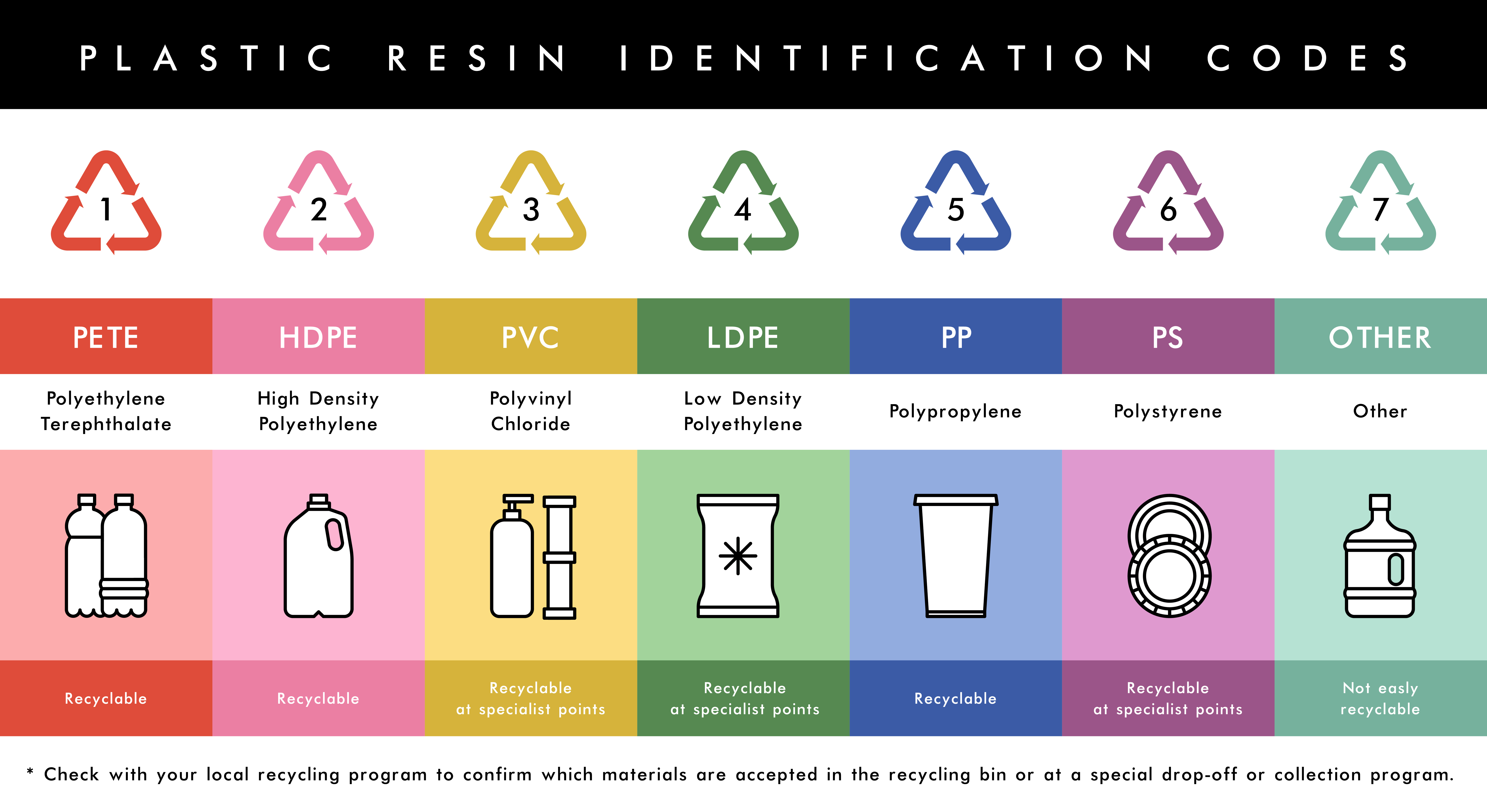Although putting all our plastic waste into the recycling bin might seem to be the simple answer to the plastic pollution problem, the actual process of recycling has become just another problem we’re now facing.
There are huge disadvantages to relying on recycling. Read on to find out why reducing the consumption of single-use plastic altogether is the much better option.
The average person uses 156 plastic bottles per year. Estimates show that 90% of those bottles remain unrecycled, ending up in landfills or dumped in the environment, and taking up to 1,000 years to degrade.
Some not-so fantastic plastic facts
- 450 years is the average time for a plastic bottle to decompose, though many can take up to 1,000 years
- 60 million plastic bottles end up in landfill every day with roughly 1,500 plastic bottles thrown away every second
- 8 million is a conservative estimate of the number of plastic bottles in the ocean
- 937 million tons is The World Economic Forum’s prediction of how much plastic will be in the ocean by 2050 (compared to 895 million tons of fish)
- 13 billion plastic bottles are used each year in the UK
It’s more than just the bottle
It takes about 5.3 litres of water to produce a typical 500ml single-use water bottle. That’s ten times the amount of water it will ultimately hold.
Every year, 1.5 million barrels of oil are used to manufacture plastic bottles. More oil is then burned transporting them around the world. So, the environmental impact of a plastic bottle goes well beyond the container itself.
The economics of recycling plastic don’t add up
It costs more to recycle a plastic bottle than to produce a new one and dispose of the old one. It’s not cheap to recycle plastic.
The huge amount of time and tools needed to clean it, take the labels off, separate all the different types of plastic from one another, and then actually recycle it into something else, means that it’s not always a simple or cost-effective process.
So, plastic can be turned into new things - sometimes. But it’s a very technical, expensive process. And plastic degrades each time it‘s reused, so it can't be recycled more than a few times.
The plastic industry claims that PET plastic, commonly used to make clear drinks bottles, can be recycled again and again, but only a low proportion actually is. It’s still cheaper for the industry to produce new plastic.
But this symbol means it can be recycled, right?
There’s more than just one type of plastic. There are quite a few types. And they can't all be melted down together. The fact that all plastic has to be sorted and separated only adds to the great expense of recycling.
Plastic resin identification codes, created by the plastic industry and printed onto plastic products, use the globally recognised symbol for recycling - three arrows in a triangular loop.

- PET (or PETE) = polyethylene terephthalate = beverage bottles, cups, other packaging, etc
- HDPE = high-density polyethylene = bottles, cups, yoghurt tubs etc
- PVC = polyvinyl chloride pipes, cladding, flooring, etc
- LDPE = low-density polyethylene = plastic bags, six-pack rings, tubing, etc
- PP = polypropylene = car parts, industrial fibres, food containers, etc
- PS = polystyrene = disposable utensils, food trays, packaging etc
- OTHER = acrylic, nylon, polycarbonate, and polylactic acid
The suggestion is that all different types of plastic in each of the categories in the chart above will always be easily recycled - from polyethylene terephthalate, to polystyrene, to ‘other’.
But only numbers one and two in the chart are recycled in any significant amount. Categories three to five aren’t commonly recycled. Polystyrene (number six) is notoriously difficult to recycle and most plastics in category seven might not be recycled at all.
Despite all plastic not being infinitely recyclable, the good news is that aluminium definitely is.
What can we do?
We can each do our own small part to help fix the problem. There are plenty of ways to help reduce our own reliance on single-use plastic, such as:
- Replacing plastic bottles and coffee cups with reusable cups and bottles
- Moving away from disposable products with plastic in them (cotton buds, toothbrush, razors, cutlery, etc) to those produced from sustainable materials such as bamboo
- Replacing plastic toothpaste tubes with tablets
- Using reusable nappies instead of disposable ones
- Avoid using plastic shopping bags
- Buying food and household items from refill shops where possible
- Using water filters to improve the quality of our tap water to stop us buying bottled water
If we begin to rely less on recycling and place more emphasis on cutting single-use plastic out of our lives, the less demand there would be for new plastic to be manufactured in the first place.
Sources
- https://www.jerseyislandholidays.com/plastic-bottle-pollution-statistics/
- https://www.rts.com/blog/the-life-cycle-of-a-plastic-water-bottle/
- https://www.cracked.com/article_27277_hey-recycling-system-totally-broken.html
- https://www.motherjones.com/environment/2020/05/plastic-recycling-is-broken-so-why-does-big-plastic-want-1-billion-to-fix-it/
- https://www.npr.org/2020/09/11/897692090/how-big-oil-misled-the-public-into-believing-plastic-would-be-recycled
- https://earth911.com/business-policy/how-many-times-recycled/
- https://oceana.org/blog/recycling-myth-month-those-numbered-symbols-single-use-plastics-do-not-mean-you-can-recycle-me
- https://en.wikipedia.org/wiki/Resin_identification_code
- https://bottledwater.org/rpet-facts/
- https://www.forbes.com/sites/jeffkart/2019/03/08/french-company-we-can-infinitely-recycle-pet-plastics-using-enzymes/








